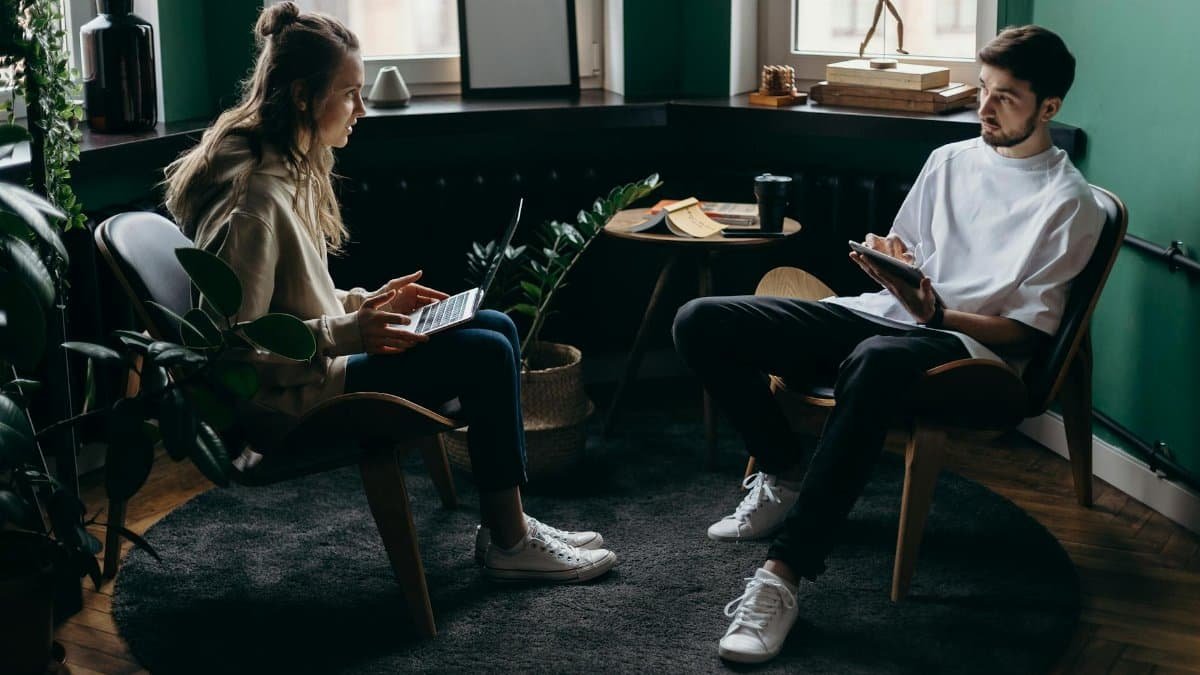In a fast-paced world, more Americans are turning to quiet-living habits to reclaim their peace of mind. New data from the American Psychological Association shows that 62% of adults report improved focus after adopting simpler routines. These clarity-supporting mental practices aren’t just trends—they’re backed by science, helping combat the mental fog from constant digital overload. As we head into 2025, experts say embracing silence could be key to sharper thinking and reduced stress.
1. Daily Meditation Breaks

Start with the basics: carving out time for meditation. This habit involves sitting quietly for 10 to 20 minutes a day, focusing on your breath. Studies link it to enhanced cognitive function and lower anxiety levels. For instance, research from Harvard Medical School indicates that regular meditation thickens the prefrontal cortex, the brain area tied to attention and awareness. It’s a straightforward way to cut through mental clutter without needing fancy equipment. Many report feeling more grounded after just a week. In bustling cities like New York, apps guide beginners, but the real power comes from consistency. Pair it with a quiet corner at home, and watch distractions fade.
2. Nature Immersion Walks

Step outside for a silent walk in nature. This quiet-living staple means leaving headphones behind and absorbing your surroundings. Forest bathing, as it’s known in Japan, has gained traction in the U.S., with parks from Central Park to national forests serving as ideal spots. A study published in the International Journal of Environmental Research and Public Health found that such walks reduce cortisol levels by up to 16%, promoting mental clarity. Participants often describe a renewed sense of focus, as the natural environment resets overstimulated minds. In 2025, urban dwellers are increasingly seeking green spaces to escape screen fatigue. It’s free, accessible, and requires no special skills—just commitment to unplugging.
3. Digital Detox Periods

Cut the cord with intentional digital detoxes. Set aside hours or full days without screens, focusing on analog activities like reading a physical book or cooking. This habit counters the mental haze from endless notifications. According to a report from Pew Research Center, 31% of Americans feel overwhelmed by tech, and detoxing helps restore attention spans. Pew Research Center highlights how constant connectivity erodes well-being, making breaks essential. Users find their thoughts clearer, with better sleep and creativity emerging. Start small, like no phones during meals, and build up. It’s a rebellion against the always-on culture dominating modern life.
4. Journaling for Reflection

Put pen to paper with daily journaling. This involves writing thoughts freely, without judgment, to process emotions and gain perspective. It’s a core quiet-living habit that supports mental clarity by organizing chaotic ideas. Research from the University of Texas at Austin shows journaling improves working memory and emotional regulation. In practice, many jot down gratitudes or worries before bed, leading to calmer mornings. Amid 2025’s economic uncertainties, this tool helps maintain focus. No need for elaborate setups; a simple notebook suffices. Experts recommend 15 minutes daily to unlock its benefits, turning internal noise into actionable insights.
5. Minimalist Living Spaces

Declutter your environment for a clearer mind. Minimalism means keeping only essentials, reducing visual and mental overload. This habit draws from quiet-living principles, where less stuff equals more peace. A study in the Journal of Environmental Psychology links tidy spaces to lower stress and better concentration. American Psychological Association notes how physical clutter mirrors mental disarray, so purging excess can sharpen focus. People who’ve tried it report faster decision-making and reduced anxiety. Begin with one room, donating unused items, and feel the mental lift. In compact U.S. apartments, this approach maximizes space and serenity.
6. Mindful Breathing Exercises

Wrap up with mindful breathing, a quick yet powerful technique. Inhale deeply for four counts, hold, then exhale slowly. Repeat during stressful moments to anchor yourself. This supports mental clarity by activating the parasympathetic nervous system, easing fight-or-flight responses. Findings from the National Institutes of Health confirm breathing exercises enhance cognitive performance and reduce brain fog. Integrated into daily routines, like before meetings or bedtime, it fosters sustained calm. As remote work blurs boundaries in 2025, this habit keeps professionals sharp. It’s portable, cost-free, and effective for all ages, making it a go-to for quiet-living enthusiasts seeking lasting mental edge.
These six habits aren’t revolutionary, but their impact on mental clarity is profound. By incorporating them, individuals across the U.S. are finding ways to thrive amid chaos. Remember, consistency beats intensity—start small and build from there.
